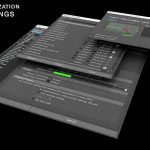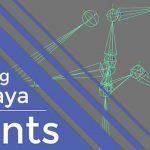Damian Allen shows how to use machine learning to make an auto rotoscoping tool – no coding experience required.
We’re still a few years away from where machine learning AI can produce rotoscoping that rivals what human artists can achieve (though only a very few). Even today, machine learning offers results that are more than adequate for color correction, and camera tracking garbage mattes. Or temp roto for slap comps while waiting on final outsourced roto. VFX supervisor Damian Allen shows in this video how, with just a couple of lines of code, even an unskilled, non-programmer can have that machine learning goodness at their command. Even better: you’ll learn the basics of programming in Python along the way.
The resulting mattes are surprisingly accurate and may leave you wondering why such a tool isn’t built right into your favorite compositor. (The answer probably has to do with a combination of licensing issues and feature finesse.) In the video, Damian demonstrates some basic applications of the roto for creative effects, like the “Pleasantville” look, crowd fades, and a “phase shifting” effect.
The video is part of the Impossible Shots series that tackles complicated technique setups from source plate to final shot in around 30 minutes. Previous videos include face replacement and the removal of reflections from glasses. The videos are part of moviola.com’s completely free library of video training for filmmakers.
Note: To complete the application, you’ll need to download this support python file.


